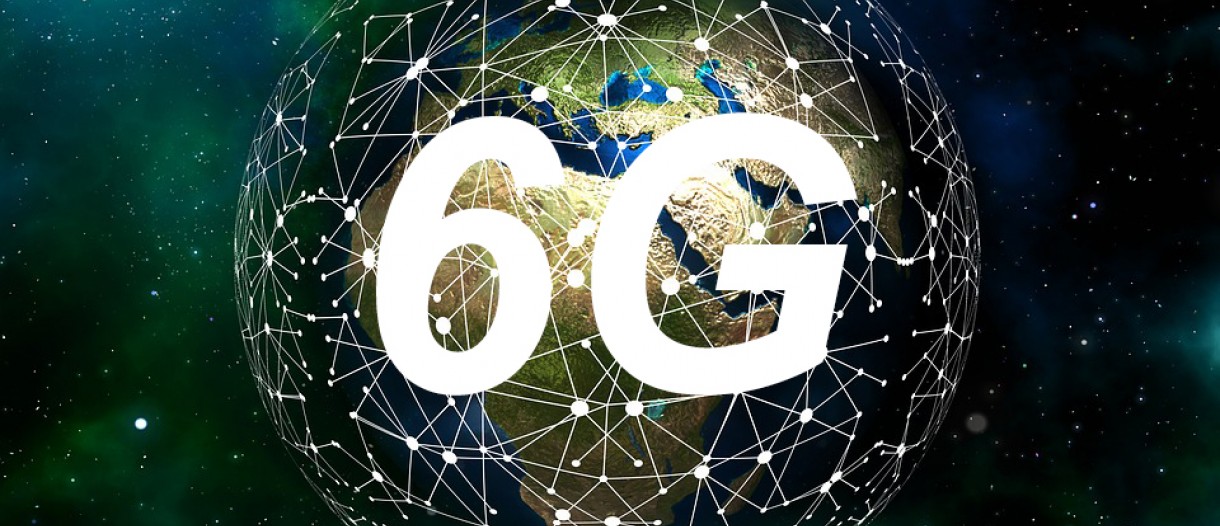6G, the next-generation wireless communication technology, promises to surpass the achievements of 5G by delivering unparalleled connectivity and data processing capabilities, with the potential to revolutionize multiple industries. The recent surge in the patenting activities underscores the industry players’ commitment to pioneering new applications and driving the development of 6G communication standards, according to GlobalData, a leading data and analytics company.
RELATED: ITU advances development of IMT-2030 for 6G mobile technologies
Kiran Raj, Practice Head of Disruptive Tech at GlobalData, comments:”6G technology, in its nascent stage, promises transformative connectivity, potentially offering speeds surpassing 1 terabyte per second, over 100 times faster than 5G. This technological leap hints at major advancements, for instance, in autonomous systems, augmented reality, and the development of smart cities. The anticipated full-scale deployment by the end of this decade emphasizes a transition towards a deeply interconnected world, featuring breakthroughs in ubiquitous connectivity, high-fidelity AR/VR, and integrated AI. In a nutshell, the 6G evolution represents a profound shift not just in speed but in the holistic experience of connectivity.”
Anil Sharma, Practice Head of Patents Analytics at GlobalData, adds: “The Draft 6G Framework Recommendation (the Draft IMT-2030), finalized in June 2023, marks a new era in communication. It outlines a vision that extends beyond mere speed enhancements (Terahertz spectrum) to incorporate features like holographic communication and sensing technologies. The race for 6G supremacy, influenced by factors such as spectrum allocation, regulations, and global standards, is crucial. Organizations like 3GPP are key in developing specific technologies, but international collaboration will be decisive in establishing the final 6G standard.”
An analysis of GlobalData’s Disruptor Intelligence Center highlights the recent trends where the patent filings related to 6G* have grown at a CAGR of 46% between 2019 to 2023. Moreover, the data indicates a significant interest from the automotive sector, representing over 14% of the total patent filings. These collective efforts are propelling the continuous development of the next-generation wireless communication standard.
In 2023, notable patent applications include Intel’s service mesh-enabled 6G architecture, T-Mobile’s 6G aggregation efficiency systems, MediaTek Inc.’s unified and configurable 6G waveform framework, AT&T’s 6G network framework for data collection, and Samsung’s security protocol enhancement system for 6G network architecture.
GlobalData’s Foreign Direct Investment (FDI) database highlights 6G-related activities in countries such as India, Germany, and Canada.
In India, Nokia and Capgemini have jointly established 6G labs to explore advanced network tech and energy-efficient solutions. In Germany, NXP Semiconductors and Keysight Technologies have set up labs for 6G product testing and data transmission solutions. Meanwhile, in Canada, Ericsson is expanding its R&D efforts for next-gen tech, including 6G.
Raj concludes: “6G technology can be truly a transformative force with unmatched connectivity and data capabilities. Its rollout, crucially reliant on global standardization and advanced infrastructure, is challenging yet vital. Once integrated with the other emerging technologies, particularly AI, 6G’s potential to revolutionize industries and enhance global living standards becomes apparent. As the industry watches its evolution, significant, groundbreaking advancements in digital connectivity are expected.”
*Based on technologies linked to 6G in articles, but it will evolve as 3GPP finalizes the 6G standards, recognizing the dynamic nature of this landscape.































